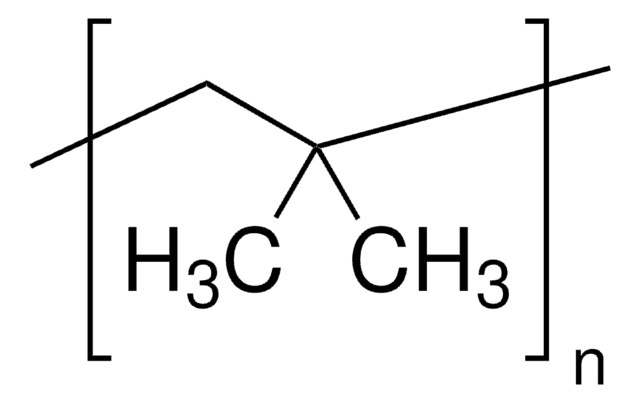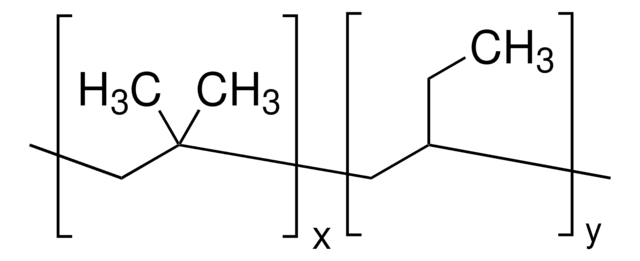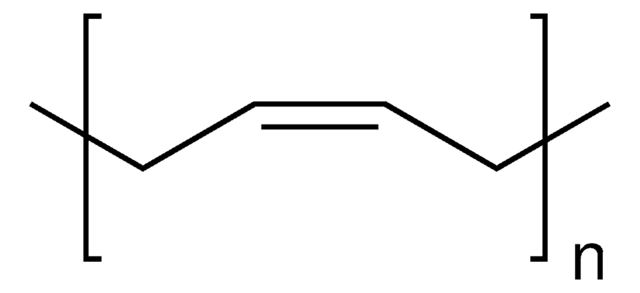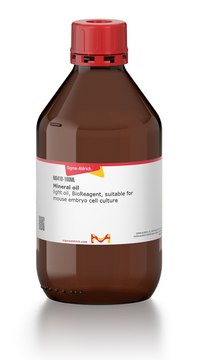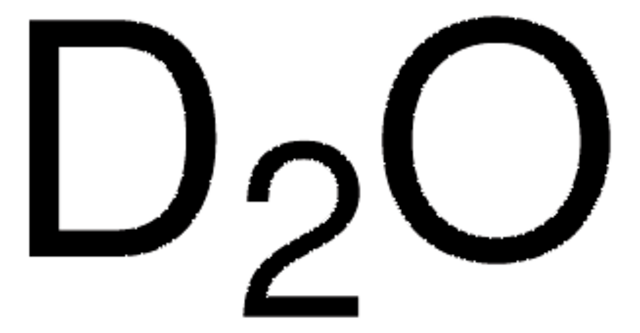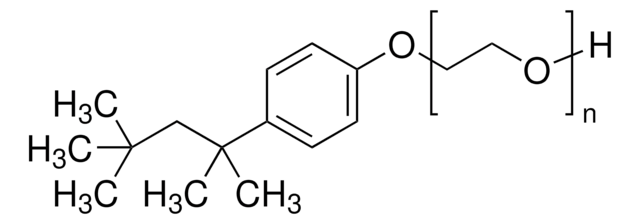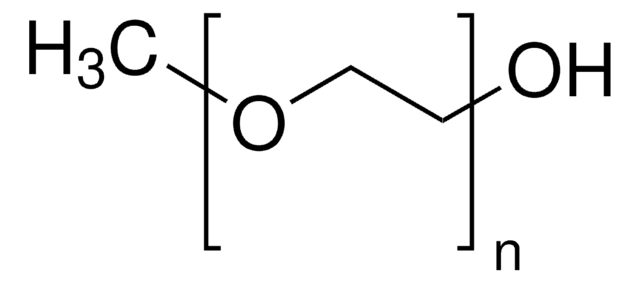388696
Polybutenes
average Mn ~920 by VPO, isobutylene >90 %
About This Item
Recommended Products
form
liquid
mol wt
average Mn ~920 by VPO
composition
isobutylene, >90%
viscosity
200-235 cSt(100 °C)(lit.)
transition temp
pour point (ASTM D 97) −7 °C
density
0.89 g/mL at 25 °C
SMILES string
CCC=C.C\C=C\C
InChI
1S/2C4H8/c2*1-3-4-2/h3-4H,1-2H3;3H,1,4H2,2H3/b4-3+;
InChI key
WTOOLIQYCQJDBG-BJILWQEISA-N
Looking for similar products? Visit Product Comparison Guide
Related Categories
Application
Features and Benefits
Physical form
Other Notes
Signal Word
Danger
Hazard Statements
Precautionary Statements
Hazard Classifications
Asp. Tox. 1 - Skin Irrit. 2
Storage Class Code
10 - Combustible liquids
WGK
WGK 1
Flash Point(F)
159.8 °F - closed cup
Flash Point(C)
71 °C - closed cup
Personal Protective Equipment
Choose from one of the most recent versions:
Certificates of Analysis (COA)
Don't see the Right Version?
If you require a particular version, you can look up a specific certificate by the Lot or Batch number.
Already Own This Product?
Find documentation for the products that you have recently purchased in the Document Library.
Our team of scientists has experience in all areas of research including Life Science, Material Science, Chemical Synthesis, Chromatography, Analytical and many others.
Contact Technical Service